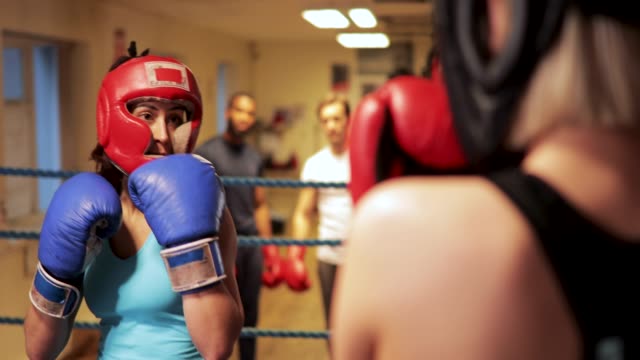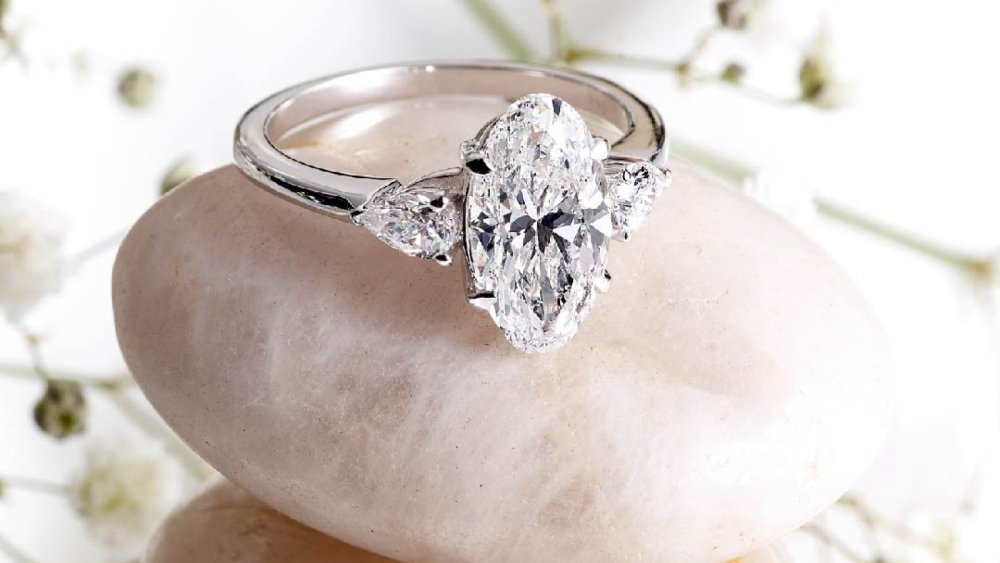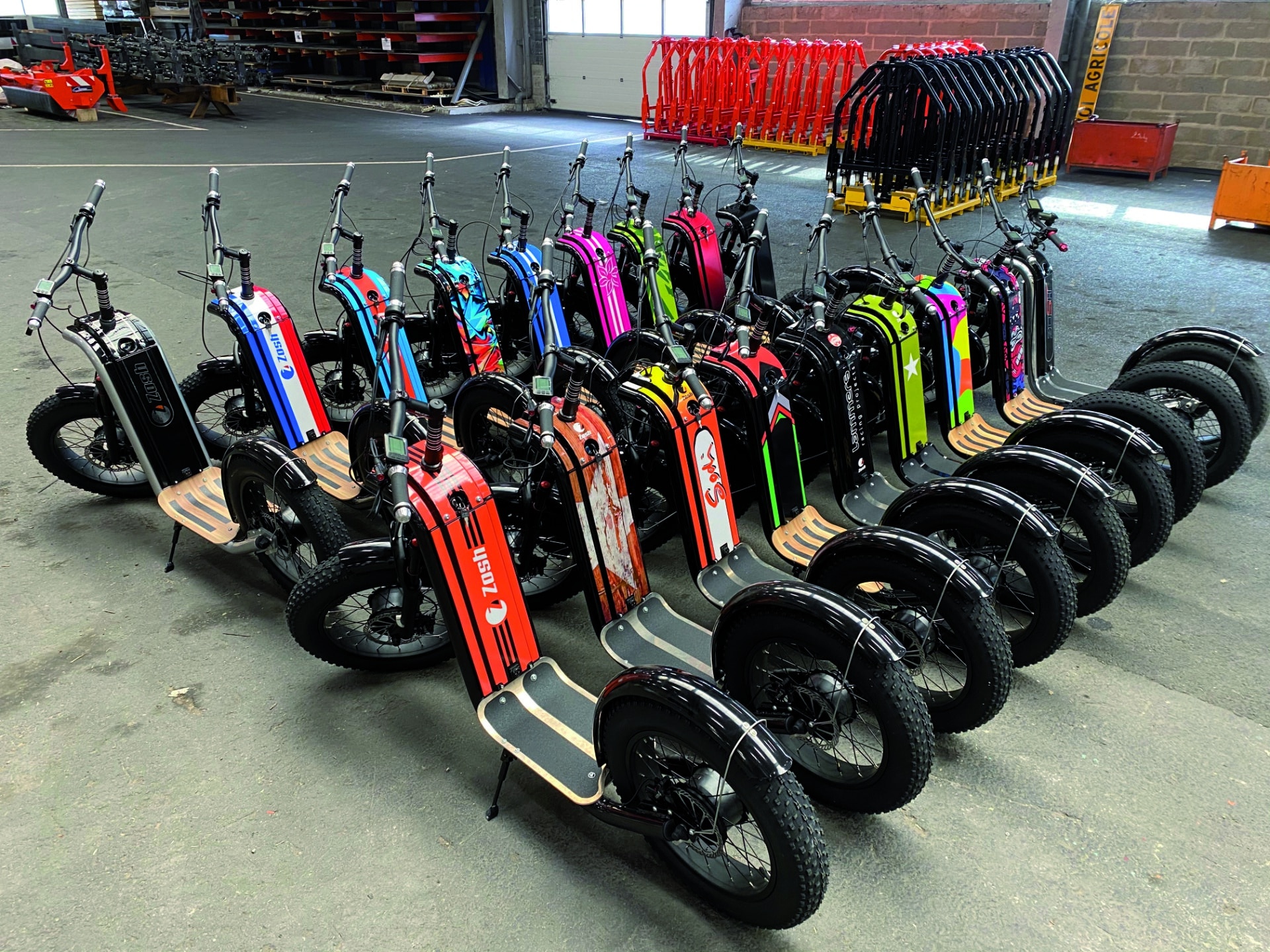Women’s boxing has come a long way from its early days of limited recognition and opportunity. Today, the sport is thriving, with female boxers gaining the respect, visibility, and success they deserve. Modern women’s boxing is defined by extraordinary talent, fierce competition, and a growing fan base. This blog explores the history of women’s boxing, the challenges overcome, and the current state of the sport, highlighting the achievements of contemporary female boxers and their impact on the boxing world.
Table of Contents
The Early Days of Women’s Boxing
Women’s boxing has a long, albeit sporadic, history. The earliest recorded instances date back to the 18th century, but it wasn’t until the late 20th century that the sport began to gain more consistent recognition. Early female boxers faced significant societal and institutional barriers, often fighting in unsanctioned matches with little to no support.
Pioneers of Women’s Boxing
Barbara Buttrick: Known as “The Mighty Atom of the Ring,” Buttrick was one of the first women to gain recognition in professional boxing during the 1950s. Her success paved the way for future generations.
Christy Martin: Dubbed “The Coal Miner’s Daughter,” Martin rose to prominence in the 1990s and is credited with bringing women’s boxing into the mainstream. Her exciting style and high-profile fights captured the public’s imagination.
The Evolution of Women’s Boxing
The inclusion of women’s boxing in the Olympics was a significant milestone. In 2012, women competed in boxing at the London Olympics for the first time, marking a turning point for the sport. The visibility and legitimacy provided by the Olympics helped elevate women’s boxing to new heights.
Key Milestones
Olympic Inclusion: The 2012 London Olympics featured women’s boxing for the first time, with three weight classes: flyweight, lightweight, and middleweight. This historic event showcased the skill and talent of female boxers on a global stage.
Professional Recognition: The professional boxing world began to take women’s boxing more seriously, with major promotions and organizations starting to sanction and promote women’s fights more regularly.
Modern Women’s Boxing: Stars and Achievements
Today’s women’s boxing is characterized by a roster of incredibly talented athletes who have achieved remarkable success in the ring. These modern stars have helped to elevate the sport and inspire a new generation of female fighters.
Notable Modern Female Boxers
Claressa Shields: Known as “T-Rex,” Shields is a two-time Olympic gold medalist and multiple weight class world champion. Her dominance in the sport has earned her recognition as one of the greatest female boxers of all time.
Katie Taylor: An Olympic gold medalist from Ireland, Taylor has unified the lightweight division and is known for her technical prowess and relentless determination. She is a role model for aspiring boxers worldwide.
Amanda Serrano: Serrano has won world titles in seven weight classes, showcasing her versatility and skill. She is one of the most accomplished female boxers in history.
Ebanie Bridges: Known as “The Blonde Bomber,” Bridges has gained attention not only for her fighting skills but also for her advocacy for women’s boxing and her charismatic persona.
Challenges and Progress
While significant progress has been made, women’s boxing still faces challenges, including issues of pay disparity, media coverage, and opportunities compared to their male counterparts. However, the landscape is gradually improving as more organizations and promoters recognize the value and appeal of women’s boxing.
Pay Disparity
One of the most pressing issues in women’s boxing is the pay gap between male and female fighters. While top male boxers can earn millions, their female counterparts often earn significantly less for comparable fights. Efforts to address this disparity are ongoing, with advocates pushing for more equitable pay.
Media Coverage
Media coverage of women’s boxing has historically been limited compared to men’s boxing. However, with the rise of digital platforms and social media, female boxers now have more avenues to promote themselves and their fights. Increased media coverage has helped to raise the profile of women’s boxing and attract new fans.
Opportunities and Representation
Providing more opportunities for female boxers to compete at high levels is crucial for the growth of the sport. Promoters and organizations are increasingly featuring women’s bouts on major cards, giving female fighters the platform they deserve. Representation in coaching, refereeing, and commentary is also improving, contributing to a more inclusive sport.
The Future of Women’s Boxing
The future of women’s boxing looks bright, with continued growth in participation, viewership, and recognition. Young girls and women around the world are being inspired by the success and visibility of modern female boxers, leading to increased interest and involvement in the sport.
Grassroots Development
Investing in grassroots programs and providing support for young female boxers is essential for the sport’s continued growth. Ensuring that aspiring fighters have access to quality training, mentorship, and competition will help cultivate the next generation of champions.
Equality and Advocacy
Advocates for women’s boxing will continue to push for equality in pay, opportunities, and representation. As more people become aware of the talent and dedication of female boxers, the demand for fairness and recognition will grow.
Modern women’s boxing is a testament to the resilience, skill, and determination of female fighters who have overcome significant barriers to achieve success. With stars like Claressa Shields, Katie Taylor, and Amanda Serrano leading the way, the sport is gaining the respect and recognition it deserves. As women’s boxing continues to grow and evolve, it promises to inspire future generations and redefine the landscape of professional boxing. The rise of modern women’s boxing is not just a triumph for the athletes but a victory for equality and representation in sports.






